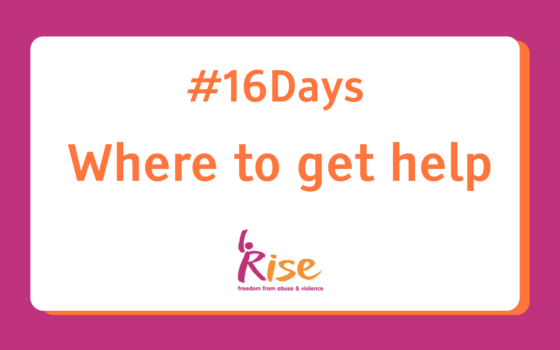Born in Essex in 1872, Louisa Martindale moved around a lot as a child, living in Cornwall, Germany and Switzerland before spending time in Lewes. In 1885, the family moved to Brighton, so that Louise and her sister Hilda could attend Brighton High School for Girls (now called Brighton Girls). Louisa’s mother was an active supporter of women’s rights to work and vote and had high hopes for both her daughters’ futures. Hilda later became one of the first female civil servants.
A family decision had been taken that Louisa would become a doctor, and she completed studies at the Royal Holloway, University of London and the London School of Medicine for Women. In 1905, she received the status of a full Doctor of Medicine – this was a huge achievement then. Not only was the medical profession dominated by men, but many were outright hostile towards women who wanted to work in medicine. As a comparison, the first University degrees were awarded to women in 1878 at University of London, 1895 at Durham, 1920 at Oxford, and 1948 (yes, really!) at Cambridge.
After spending five years working in Hull as assistant to Dr Mary Murdoch, (herself a remarkable woman, she was the first woman doctor in Kingston in Hull, a suffragist, and an early car owner) Louisa returned to Brighton and set up her own doctor’s practice, becoming the first female GP in Brighton. She was deeply involved in setting up the New Sussex Hospital for Women in the city in 1920, and remained connected with it until 1937, holding the posts of senior surgeon and physician there.
Her medical achievements are outstanding and her commitment to treating women and children is threaded through her working life. She performed over 7000 operations, wrote a pamphlet about the ‘unladylike’ subjects of prostitution and ‘venereal disease’ - what we would call Sexually Transmitted Infections or STI’s today which was deemed ‘obscene’. Fascinated by the potential of X-rays to treat fibroid uterus conditions and breast cancer, she was one of the first in this country to introduce the use of radium for treating gynaecological cancers and she helped to set up the Marie Curie Hospital.
Louisa was elected as president of the Medical Women's Federation, a Fellow of the Royal College of Obstetricians and Gynaecologists and appointed CBE. A woman of many firsts, she was the first female member of the council of the Royal College of Obstetricians and Gynaecologists.
A busy and active woman, Louisa travelled throughout her life for work and pleasure. Through World War I, she served in France with the Scottish Women's Hospitals at a medical hospital about 20 miles north of Paris. During World War II, she was a surgeon in London. She was also politically active – a magistrate in Brighton and a prison commissioner, and she was a member of the National Council of Women. She is now immortalised in the Louisa Martindale Building at the Royal Sussex County Hospital.
Dr Louisa Martindale, CBE MB/BS (Lond.), FRCOG, JP died in February 1966, at the age of 93, after living a ‘woman centred lifestyle’ with Ismay Fitzgerald for over thirty years. She did not use the word lesbian about herself, though in her 1951 autobiography A Woman Surgeon, she was clear about her love for FitzGerald, and towards the end of her life, she wrote “I have had my full share of love and happiness.”
Lesbianism has been hidden through the ages – unlike male homosexuality, being lesbian was never illegal so there are no court records to ‘prove’ it existed. There are, however, numerous records of women living in ‘romantic friendship’ together for many years, such as the ladies of Llangollen, visited by no less than Gentleman Jack herself, Anne Lister. And today, we see countless lesbians living their lives in service to women and children.
There might not have been labels for women to name their love for other women but the love was there. This LGBT History month, we want to celebrate the incredible contributions Louisa Martindale made, and her tender love for Ismay, no matter how she herself would have described it.


